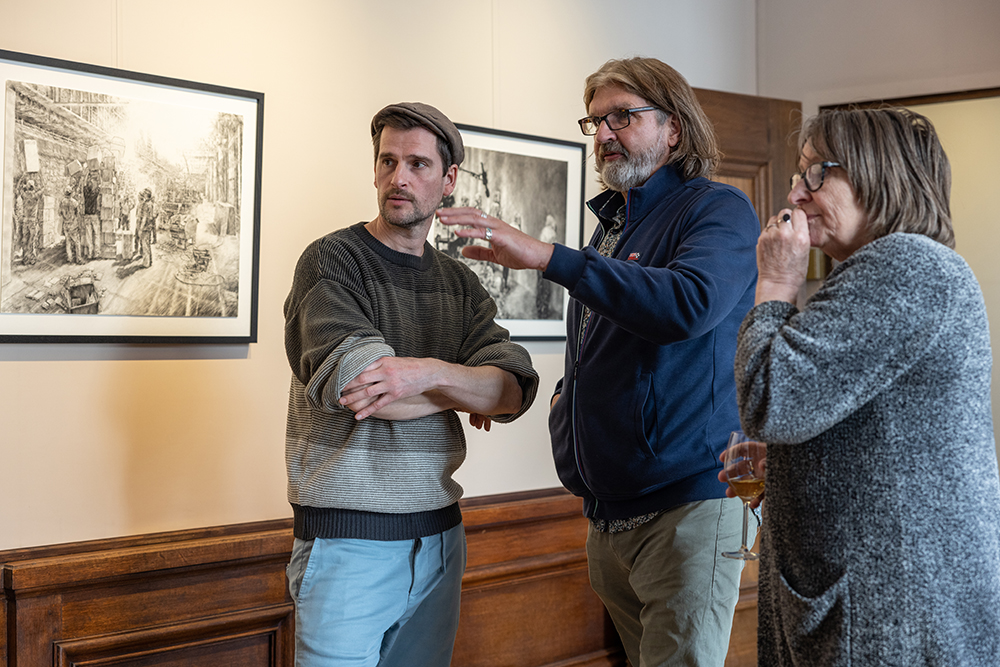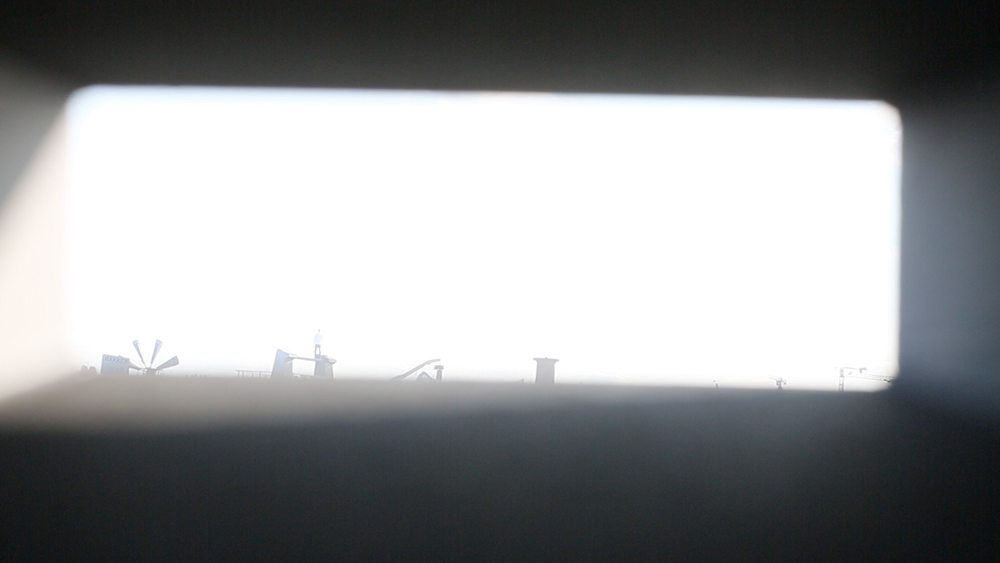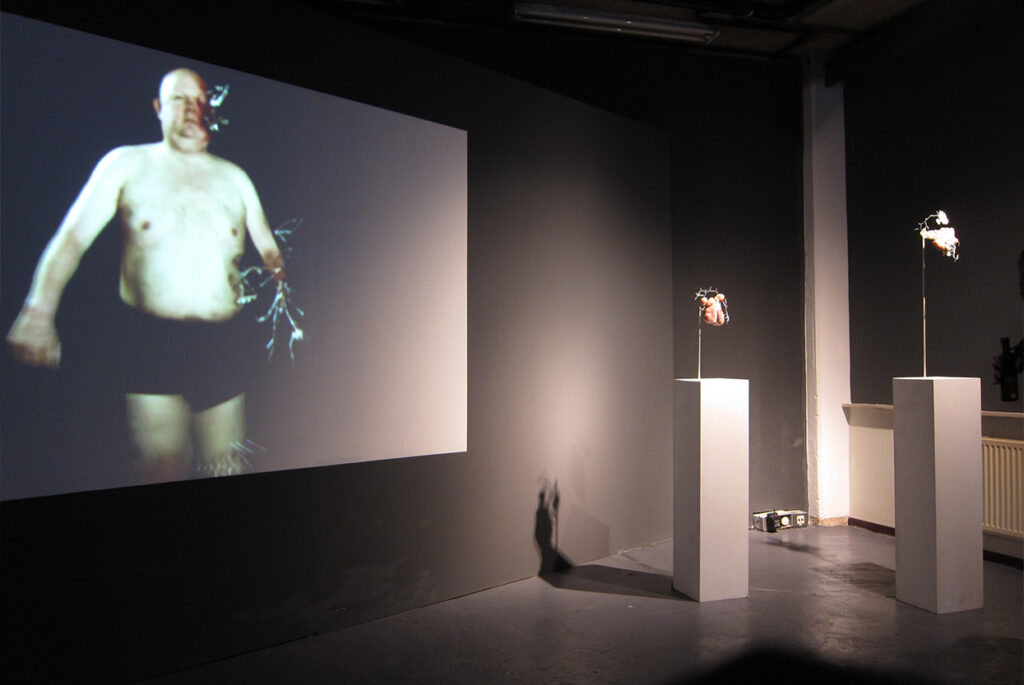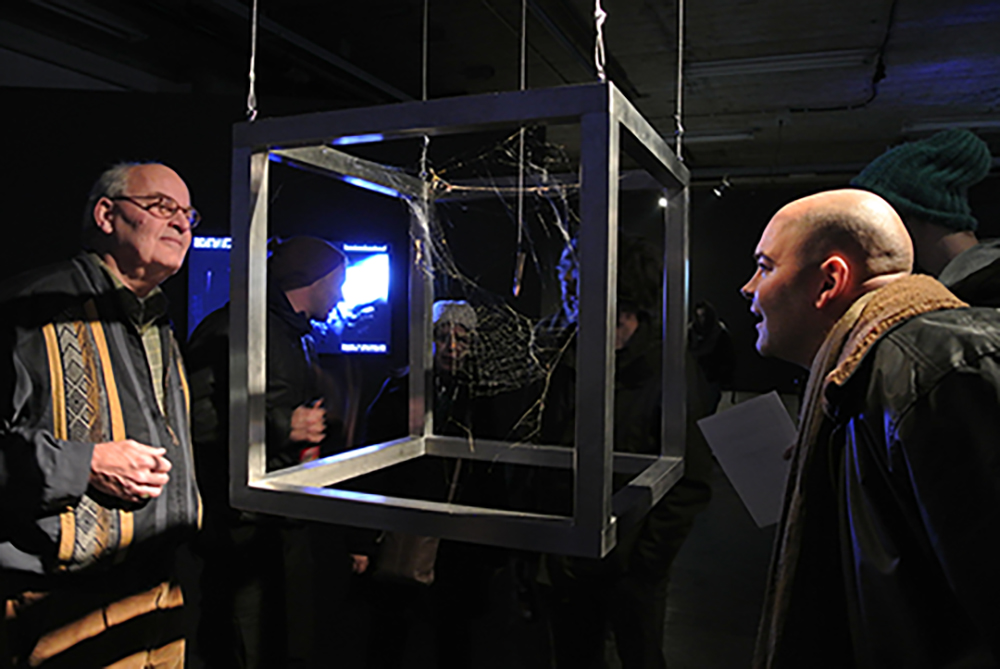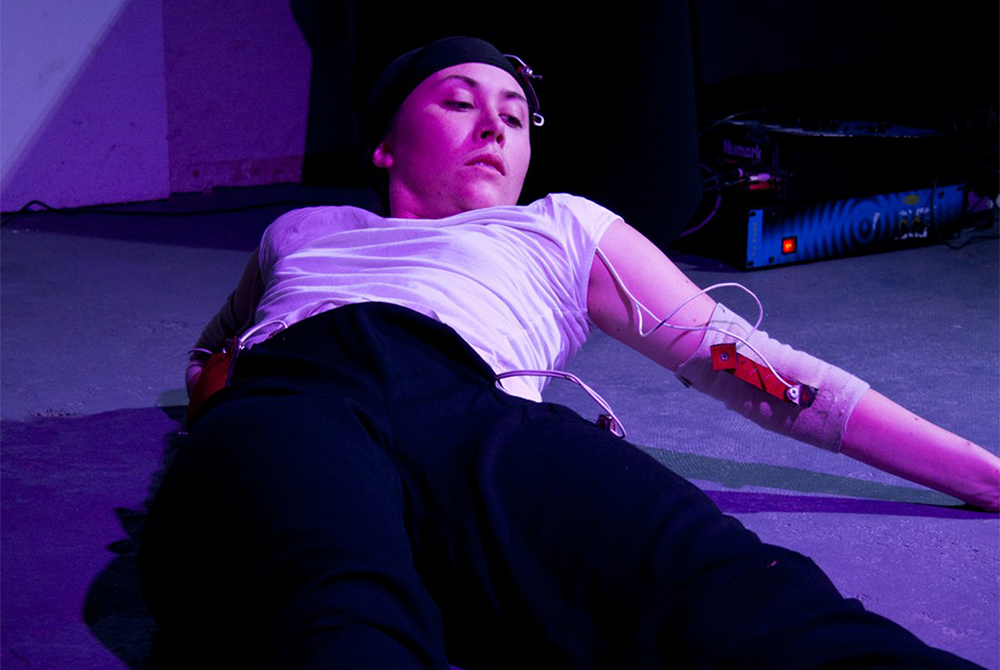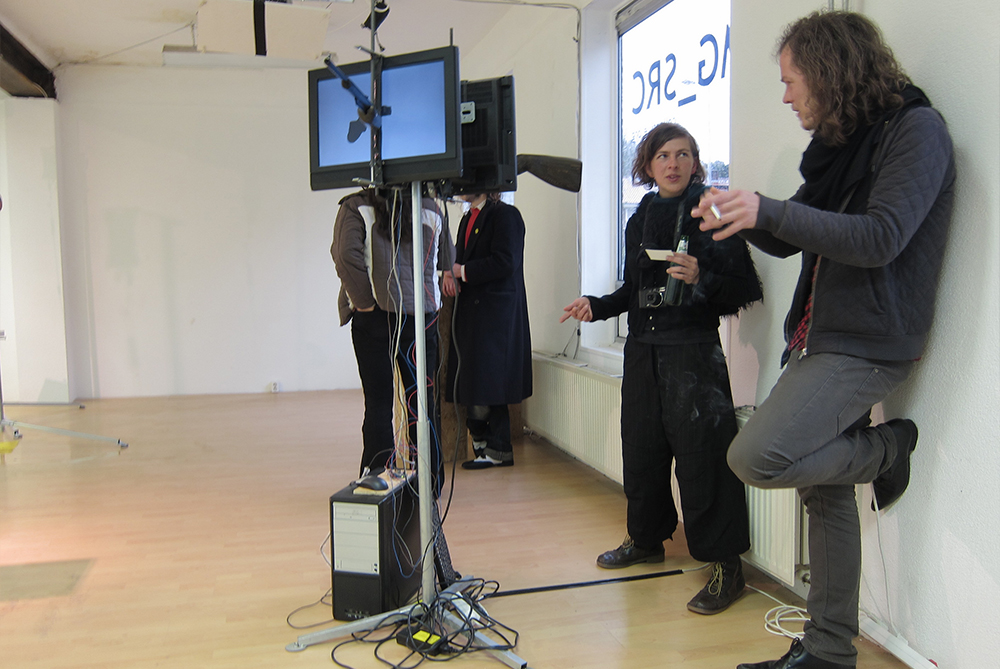Projects
'Strive for achievements’, 2023, Weesp
Charcoal drawings, Solo, Museum Weesp
As part of the exhibition series Made in Weesp, six charcoal drawings by Thijs Wieman were on display at Museum Weesp from April to October 2023. These works are part of a larger series titled Strive for Achievements.
foto’s: Brian Elings
Freedom of interpretation fosters audience engagement.
At the opening, Thijs Wieman engages in an open conversation with the audience. He aims to involve them in assigning meaning to his work. On a screen, Wieman displays his drawing titled Eden and asks the audience to observe it for two minutes. He then poses the question: “What do you see?” While many interpretations align, a striking variety of perspectives and interpretations of the image—or its fragments—emerge.
During the creative process, Wieman deliberately chooses specific imagery, yet he wants to leave room for viewers to interpret the work in their own way. His approach is that every interpretation is valid. In the group discussion, he gives the audience the floor, setting aside his own intentions and perspective. This results in an engaging and often surprising conversation.
“In this way, the audience becomes an active part of the process, and I gain insight into their thoughts and the many possible meanings of my work. I love being surprised by what the audience sees. After all, it happens in the viewer’s mind, not on the paper or canvas. But how important is the artist’s intent to the audience when interpreting a piece of art?”
foto’s: Brian Elings
Lecture by Maarten Doorman, as part of the exhibition
On the Necessity of Ambiguity in Engaged Art
Museum Weesp organized this lecture as part of Thijs Wieman’s exhibition Strive for achievements.
Writer and philosopher Maarten Doorman reflected in his talk on the role of contemporary art in society. What can art contribute, and why does it matter? What is autonomous art? Should art be engaged, and if so, in what way?
In his book Daphne’s Navel (on art and engagement), Doorman advocates for ambiguity in art. “To be truly engaged, you must be ambiguous.” Freedom of interpretation fosters audience engagement.
Reverse, installation, 2018, 2019
Framing, performance, 2015 t/m 2017
Derrida: “There is nothing outside the text”
Framing is a performance about perception and the need to grasp the world. The audience is forced to submit to a specific visual frame, within which there is freedom to associate. At what point can enough, satisfying meaning be derived from the fragments provided?
The landscape is dissected into scenes. The audience stands inside a viewing installation, where each individual sees only fragments of the environment through a rectangular frame. These frames either move or remain stationary. Images follow one another, controlled from a single point.
Performances have taken place at venues including Oerol on Terschelling, Over het IJ in Amsterdam, and KIT in Copenhagen, in collaboration with Johannes Bellinkx and Dennis van Tilburg.
IMG_SRC, collective & gallery, international, between 2009 en 2012
Jorrit Paaijmans – www.jorritpaaijmans.nl
Thijs Wieman – www.thijswieman.nl
Julie Dassaud – www.julisso.org
Jennifer Townley – www.jennifertownley.com
In the book Digital People – From Bionic Humans to Androids, author Perkowitz (a professor of physics at Emory University) provides an overview of humanity’s developments and fascinations with artificial life, both in reality and fiction. He traces this fascination back to Greek mythology, referencing creations like Hephaestus’s Talos, the bronze automaton. Using this primal fantasy as a foundation, Perkowitz explains the logical trajectory of scientific progress—a direction that is both inevitable and irreversible. This primal fantasy serves as the origin of humanity’s desire to manifest itself as the creator of fantastical life.
Julie Dassaud, Jennifer Townley, Jorrit Paaijmans, and Thijs Wieman find common ground in this realm. Whether intuitively or deliberately, intersections emerge between the works of these four artists. Each works within a traditional medium, yet their approach or imagery reflects digital media, future technologies, and evolving worldviews.
The participating artists curated exhibitions and organized events during the period from 2009 to 2012.
Exotropy, 2012, Exhibition with symposia, IMG_SRC Gallery, Utrecht
IMG_SRC gallery invites nine artists to explore and depict the tension between technological possibilities and societal acceptance.
In one of the symposia, philosopher and cultural anthropologist Petran Kockelkoren engages in a critical dialogue with artist Jalila Essaïdi about the role of the artist in the adoption of new technology. The discussion goes beyond whether art can simply master a new technique; it delves much deeper.
New technologies open up new registers of perception, which require a corresponding new visual repertoire. The cultural process through which technology expands our perceptual capabilities, redistributes social relations, and demands new visual language and meaning-making is referred to as ‘technical mediation’. (Petran Kockelkoren in Techniek: Kunst, Kermis en Theater).
The introduction of new technology often creates significant discomfort, disrupting our sense of center. It challenges our current image of humanity. Once a new technology is integrated into society, our old conception of humanity is replaced by a new one. There is no underlying, original substrate; instead, there is a continuous oscillation between decentering and recentering, driven by mediating technologies.
The central question of the symposium is: How can the work of artists contribute to a temporary balance in the process of technical mediation?
Uploading Fields, 2010, Rhizomatic Projectspace (IMG_SRC), Amsterdam.
A key theme this project seeks to challenge is our Western concept of progress.
The promise that technology will elevate us to a better—or even perfect—version of ourselves can be seen as scientific propaganda rooted in technocentrism. However, this does not mean that our critical stance towards these new technologies must align with the artistic tradition of progress skeptics like Aldous Huxley.
In contemporary debates about technology and its impact on humanity, we are often quickly categorized into two camps: the progressives or the conservatives. We are forced to choose between a desire for salvation through technology or fear of a technological apocalypse.
But doesn’t this polarized way of thinking blind us to deeper observations? Have we truly examined where our desires or fears are rooted? On what conception of humanity are these drives based?
In fact, this entire debate cannot be meaningfully conducted without addressing Helmuth Plessner, particularly his philosophy on decentralization. Human sensory perception, he argues, is historically determined and always deeply mediated by technology. This perspective sheds a fascinating light on the relationship between technology and our understanding of what it means to be human.




